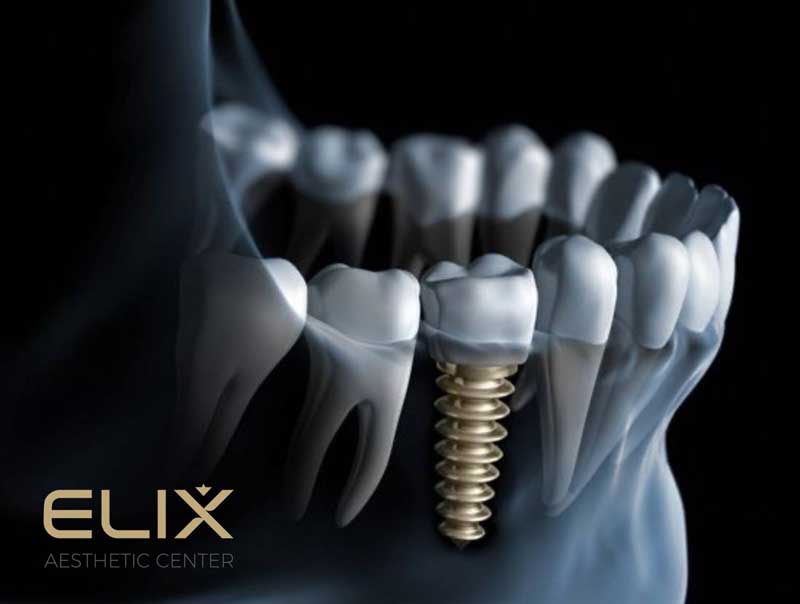
What is the difference between All-on-4 dental implantation and All-on-6
The All-on-4 implant system was developed in the 1990s by Dr. Paolo Malo and was later refined. The Nobel Biocare company succeeded in advancing and spreading the non-removable prosthetic technology, giving millions of people a smile.
Currently, the All-on-6 method is also a highly sought-after solution for restoring the dental arch. However, due to the need for more implants, this method is more expensive.
What is the difference between All-on-4 dental implants and All-on-6? Is it worth paying more?
Let’s consider in detail the key points, indications, features, and application limitations.
Features of the All-on-4 dental implant system.
All-on-4 is a prosthetic system with four implants, designed for the complete restoration of the upper and lower dental arches in cases of complete edentulism. The system allows for the placement of a non-removable prosthesis in a short period, even in the presence of signs of atrophy or certain chronic conditions, and it is safe for elderly patients.
Features of the All-on-6 dental implant system.
All-on-6 is a prosthetic system with six implants, which has been improved by practicing doctors. This system has expanded the scope of non-removable prosthetic applications, making it more cost-effective.
The All-on-4 and All-on-6 methods are indicated in the following cases:
- Complete absence of teeth in the upper or lower jaw.
- Completely or partially decayed teeth in the oral cavity.
- The location of the maxillary sinuses or nerve bundles does not allow for traditional implantation.
- Sinus lifting or osteoplastic procedures are contraindicated.
- Presence of bone resorption or signs of atrophy.
The All-on-4 method can be applied in cases of early to moderate bone resorption, while the All-on-6 method is recommended for moderate and severe bone loss
The All-on-4 method can be applied in cases of early or moderate bone resorption, while the All-on-6 method is recommended for moderate and severe bone loss.
An important feature of both protocols is the possibility of using Nobel Zygoma implants up to 5.25 cm in length. For the All-on-4 method, the bone volume should be no less than 5 mm in width, the height of the upper jaw must exceed 10 mm, and the lower jaw must exceed 8 mm.
The central and buccal bones, which must have sufficient density, are used for implant placement. The affected alveolar bone area is restored with an artificial gum of the prosthesis.
During implantation, it is possible to restore the correct bite, select the ideal color for the new teeth, and even out facial contours, even in the presence of periodontal diseases.
Contraindications
Any surgical intervention is contraindicated for patients, whether using the classic method or immediate loading, if the following pathologies are present:
- Blood disorders, poor coagulation
- Oncology
- Hepatitis
- Tuberculosis
- Heart and vascular diseases
- Diabetes mellitus
- Exacerbation of chronic diseases
The presence of absolute and relative contraindications should be clarified before the start of the surgery.
In comparison, the All-on-4 method has more contraindications than All-on-6, as in both cases, bone layers are involved, which are more prone to atrophy. In the absence of additional support, All-on-4 falls short compared to the more advanced technology.
Important factors.
An important factor is the type of implants used.
For All-on-6, thinner one-piece screws with aggressive anatomy are used, designed to penetrate deep layers without additional force. Due to the effect of compression, the bone becomes denser, which provides additional stability. If the lateral area is involved in the early stages of resorption, it is possible to prevent further tissue loss using the "All-on-6" prosthesis, which means the construction can be maintained for a longer period.
To choose the right system, it is necessary to weigh all the positive and negative aspects. An individualized approach and the assessment of the clinical picture are mandatory conditions for comparison. The implantologist's experience and the conditions of the surgery are also crucial factors.
At Elix Clinic, our specialists will consult you in detail about all the nuances and features of these two systems. After diagnosis, you will receive a detailed treatment plan, allowing you to make an informed decision based on clinical indications and the condition of your oral cavity.
Trust your health to our specialists, and register for a consultation today!


